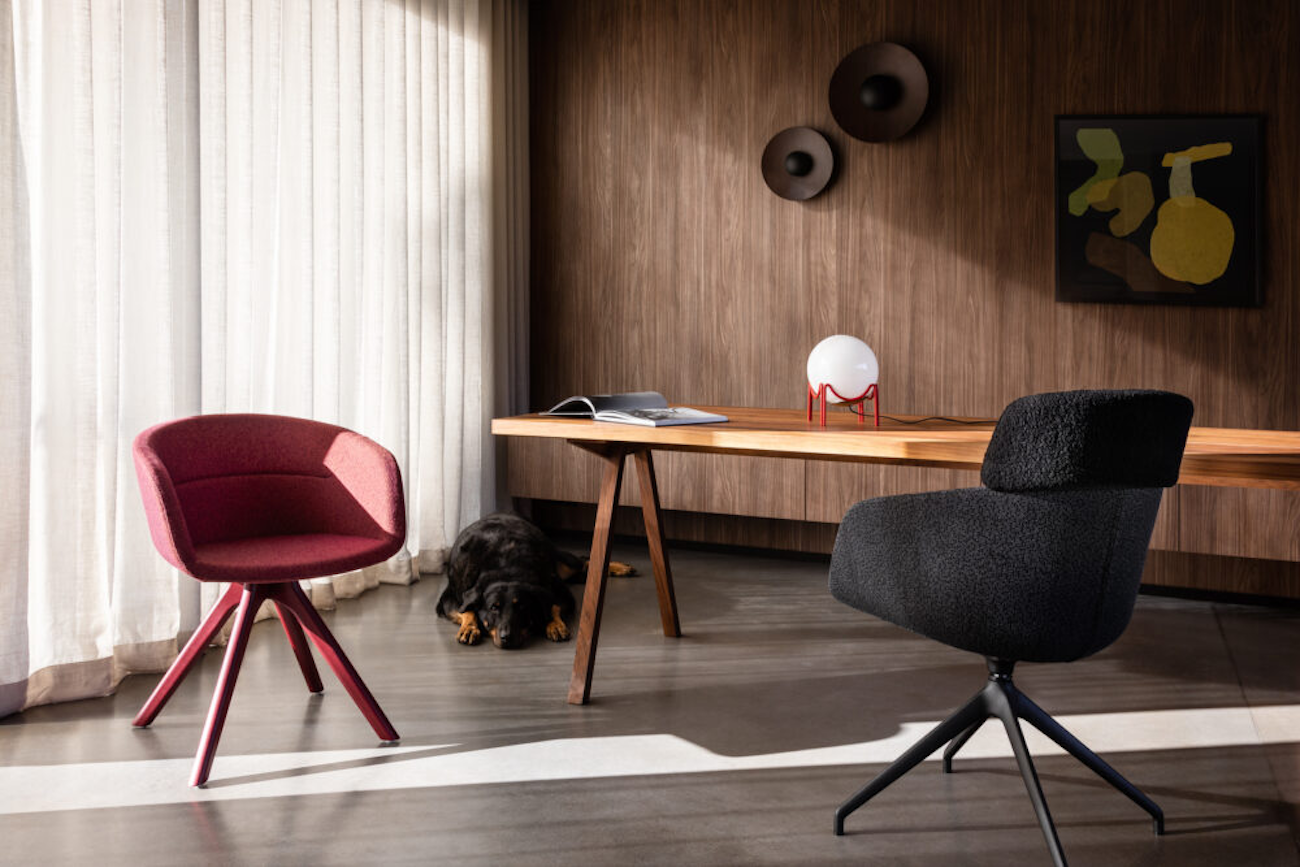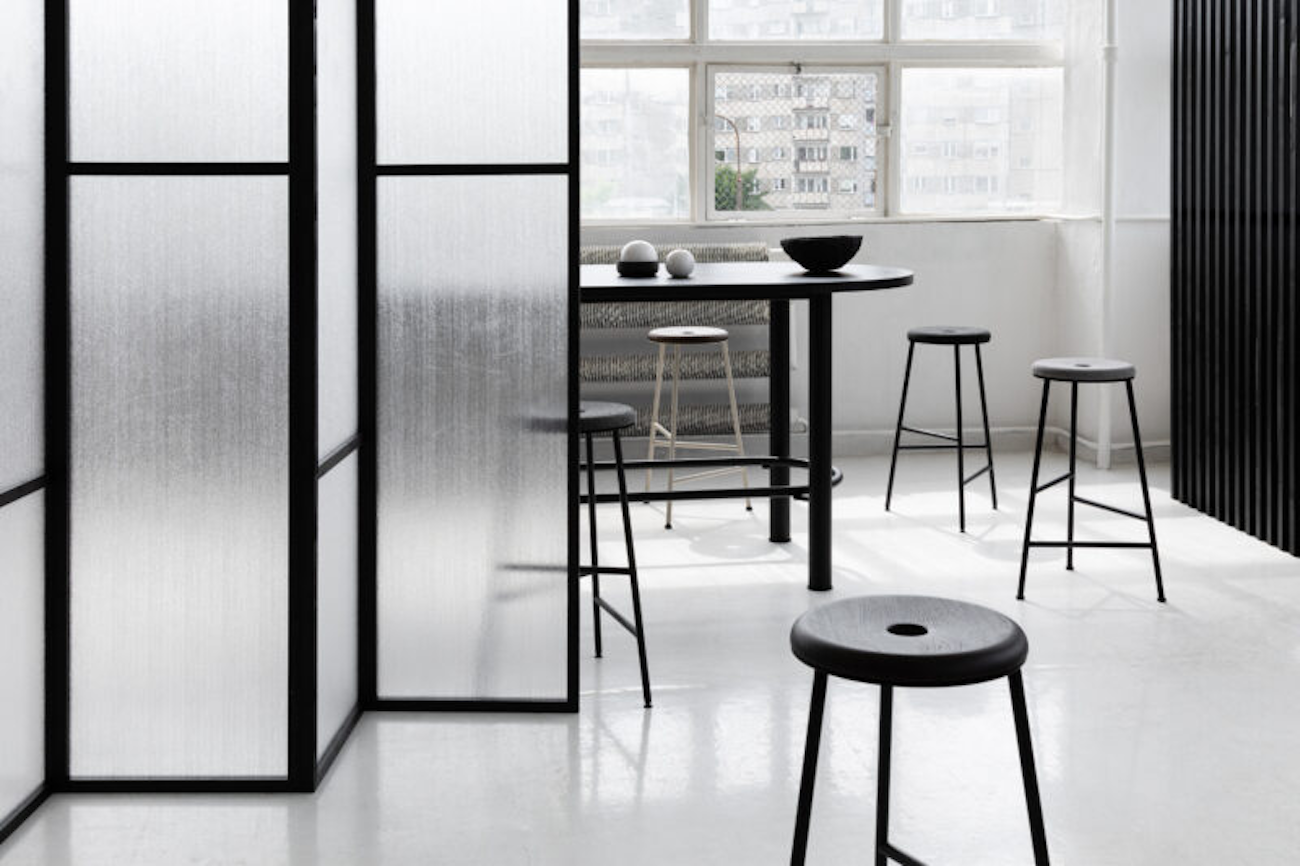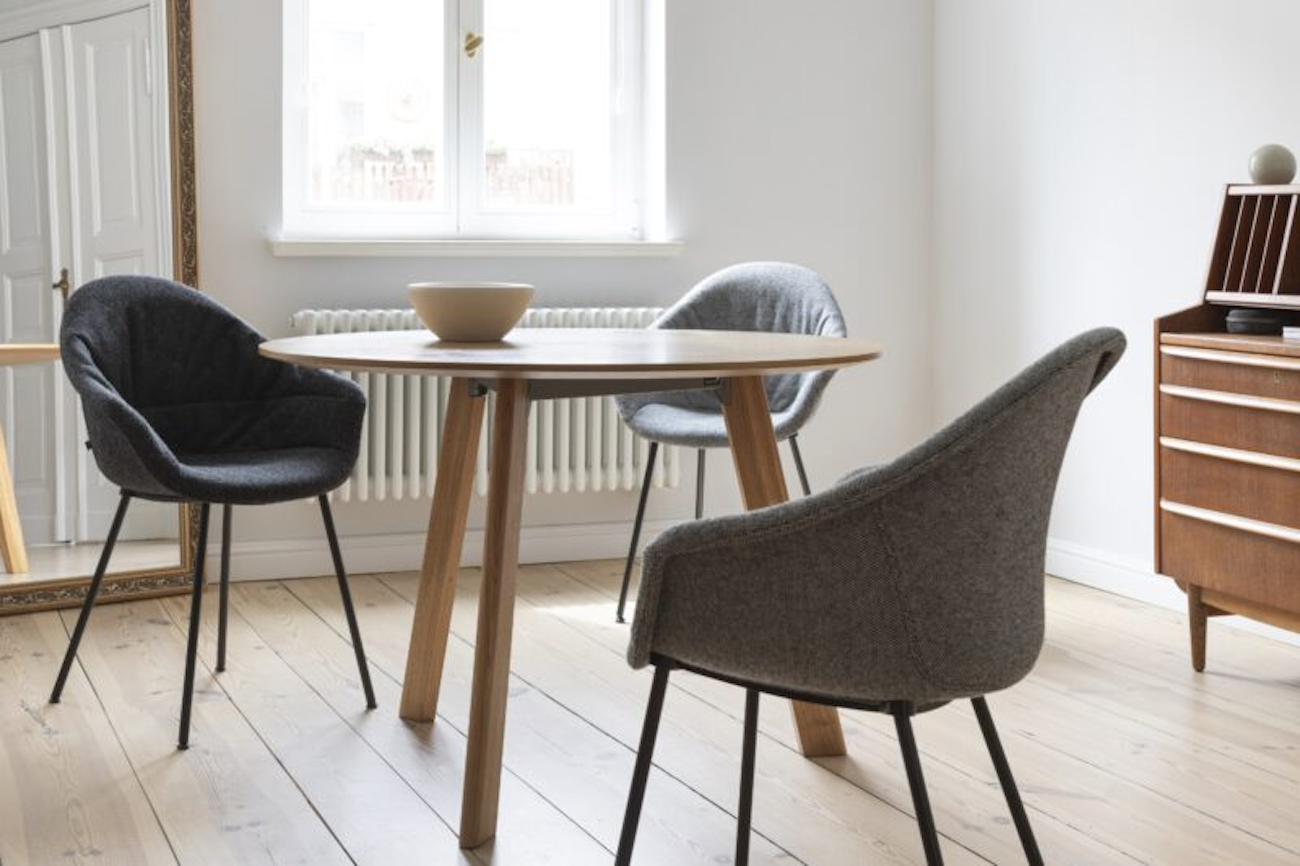Insights
Curves of Creativity: Reimagining Office Spaces with Fluid Design

In the ever-evolving landscape of the modern workplace, the concept of office design has undergone a dramatic transformation. Gone are the days of rigid, cubicle-filled spaces that stifle creativity and innovation. In their place, a new wave of office design has emerged—one that embraces fluidity, creativity, and adaptability. This shift towards what is often referred to as "fluid design" is revolutionising the way we think about and interact with our work environments. In this blog, we'll explore the principles of fluid design and how it is reimagining office spaces to foster creativity and productivity.

The Dawn of Fluid Design
To understand fluid design, we must first reflect on the evolution of office spaces. The conventional office was characterised by rigid layouts, fixed cubicles, and a strict hierarchy. It was a place where conformity often stifled creativity and flexibility was an afterthought. However, the changing nature of work and the rise of the knowledge economy demanded a more adaptable, dynamic workspace.
The first significant shift was the advent of open-plan offices. These layouts encouraged interaction and communication, tearing down physical barriers and fostering a sense of shared space. Yet, they came with their own set of challenges—noise, lack of privacy, and an inability to cater to diverse work styles.
This is where fluid design steps in.

The Essence of Fluid Design
Fluid design is all about adaptability, flexibility, and a deep understanding of human needs. It recognises that work is not one-size-fits-all; it's a dynamic, multifaceted activity. Fluid design takes inspiration from nature, embracing curves, organic shapes, and the fluidity of movement. It challenges the conventional notions of office space, replacing rigid lines and right angles with a sense of flow and harmony.
One of the core principles of fluid design is the use of curved elements within the workspace. Curved walls, circular meeting spaces, and flowing pathways create a sense of dynamism and fluidity. These elements don't just serve an aesthetic purpose; they actively influence the way people interact with their environment.

Breaking Down Barriers
Fluid design tears down physical and metaphorical barriers within the office. There are no strict boundaries between departments or teams. Instead, the space is divided into zones and areas that can be reconfigured as needed. This adaptability not only encourages collaboration but also empowers employees to choose the environment that best suits their current tasks.
For instance, a quiet corner with comfortable seating might transform into a brainstorming hub for a creative team one day and a private workspace for an individual the next. This flexibility encourages a sense of ownership over one's work environment, which can significantly boost productivity and job satisfaction.

Enhancing Creativity and Productivity
Creativity thrives in environments that are both stimulating and comfortable. Fluid design integrates natural elements, such as ample natural light, indoor plants, and natural materials, to create a welcoming and inspiring atmosphere. These elements invoke a connection to nature, known to enhance well-being and creativity.
Moreover, the absence of rigid structures and the incorporation of curves create a sense of fluidity and openness. This promotes a more relaxed and open mindset among employees, leading to increased creativity and problem-solving abilities. A fluid design workspace essentially becomes a canvas for creativity to flourish.

The Role of Technology
In today's digital age, any modern office space must accommodate the tools and devices that facilitate work. Fluid design seamlessly integrates technology, providing accessible power outlets, wireless charging stations, and flexible furniture arrangements that accommodate laptops, tablets, and smartphones.
Additionally, smart technologies can further enhance the adaptability of the workspace. For example, lighting and temperature controls can be automated to adjust based on occupancy and user preferences. This not only enhances energy efficiency but also ensures that the environment is always conducive to productivity.
Case Studies in Fluid Design
To illustrate the transformative power of fluid design, let's delve into a few real-world examples:
- Google's Zurich Office
Google has a reputation for innovative office spaces, and its Zurich office is a prime example. The office features various flexible work areas, including cosy nooks and open collaboration zones. Curved walls, whimsical design elements, and vibrant colours create an inspiring and creative atmosphere.
- Airbnb's San Francisco Headquarters
Airbnb's headquarters in San Francisco is designed to resemble a collection of homes from around the world. Fluid design principles allow employees to choose from a range of work environments, from quiet libraries to bustling cafes, based on their needs and preferences.
- Microsoft's Redmond Campus
Microsoft's Redmond campus is undergoing a massive redesign embracing fluid design principles. The project includes the creation of a 2-acre open plaza, flexible workspaces, and numerous outdoor meeting areas to foster collaboration and innovation.

Challenges and Considerations
While fluid design offers tremendous potential, it comes with its own set of challenges. Creating an adaptable workspace requires thoughtful planning and investment in flexible furniture and technologies. Achieving the right balance between open collaboration spaces and private work areas is crucial to accommodating diverse work styles.
Moreover, not all industries or organisations can fully embrace fluid design. Some sectors, such as healthcare or finance, require more structured and regulated environments due to privacy and compliance concerns. The key is to tailor the design to suit the specific needs of the organisation and its employees.
In Conclusion
As the nature of work continues to evolve, our office spaces must adapt to meet the changing needs of employees. Fluid design represents a refreshing approach to office spaces—one that prioritises creativity, adaptability, and well-being. By incorporating curves, organic shapes, and a focus on flexibility, fluid design reimagines the office as a dynamic and inspiring environment where innovation can flourish. In a world where creativity is a prized asset, fluid design is at the forefront of this exciting transformation, offering a new perspective on what the modern workplace can be.
Join the movement towards reimagining office spaces with fluid design and elevate your workspace to new heights of creativity and productivity. Explore our pieces today and experience the future of workplace design.